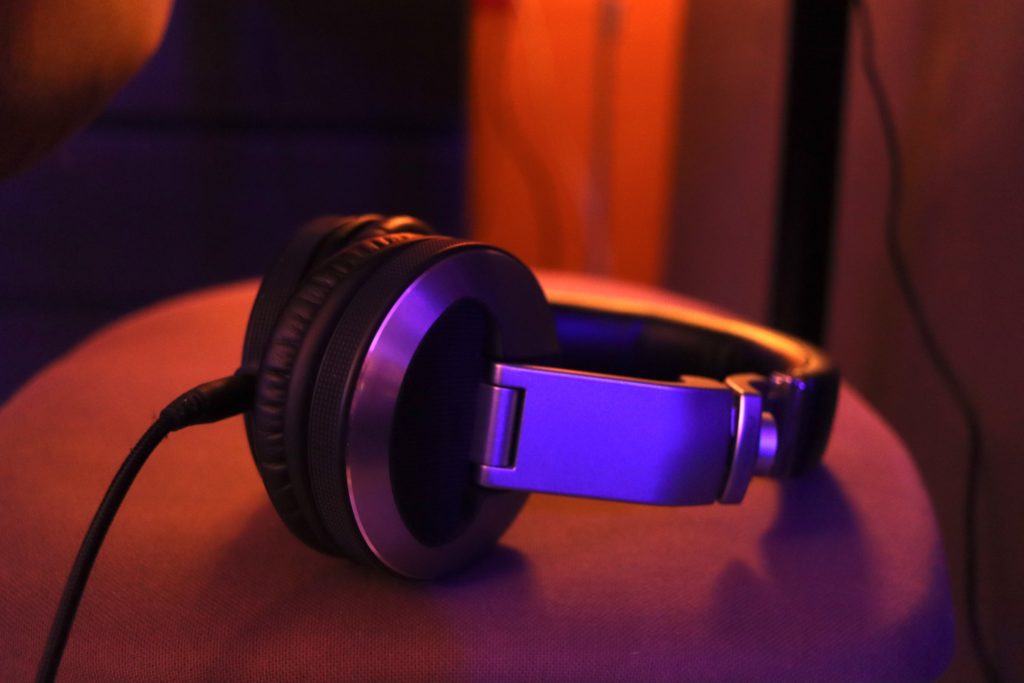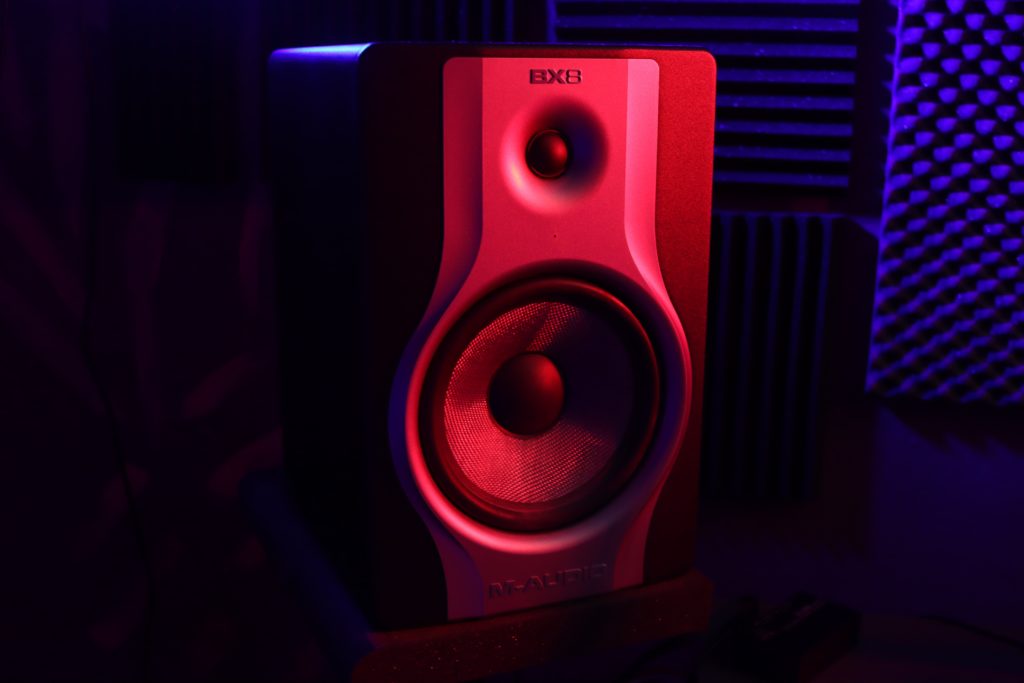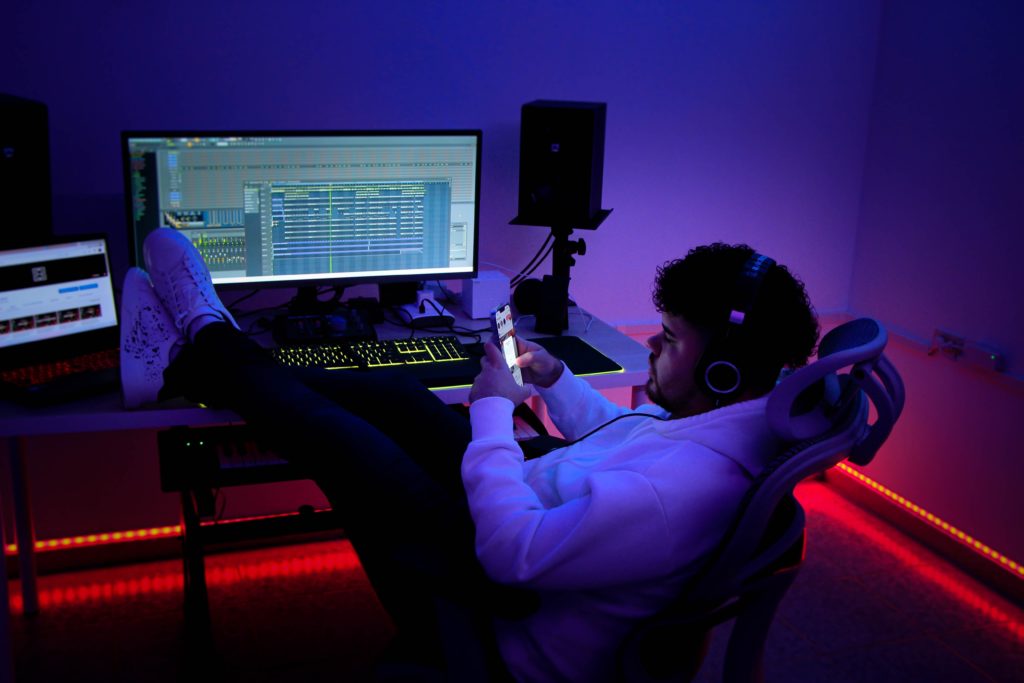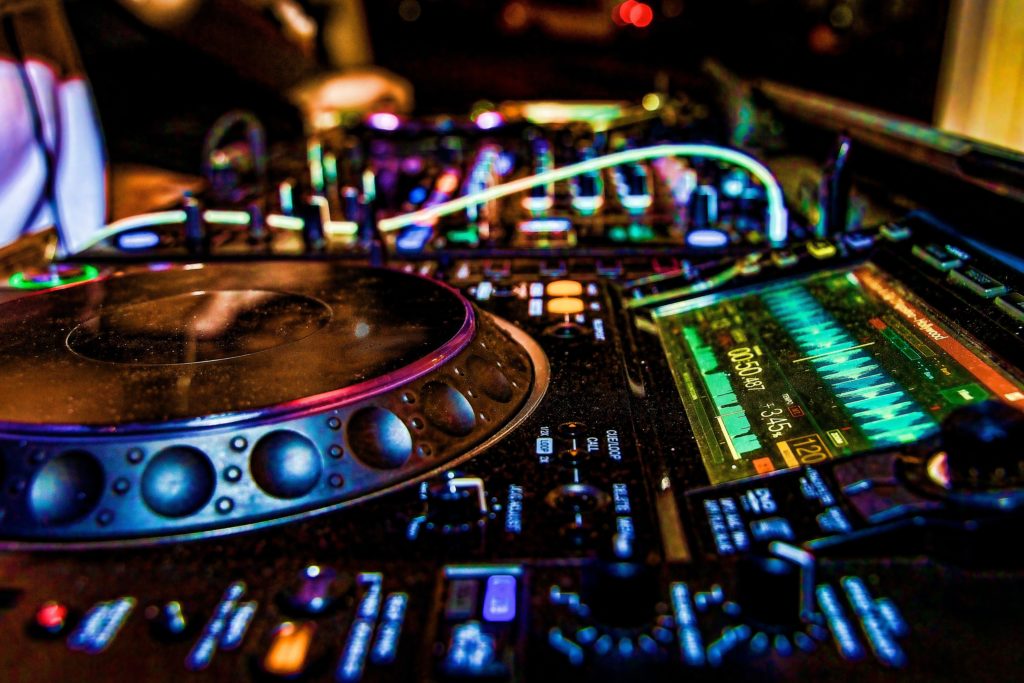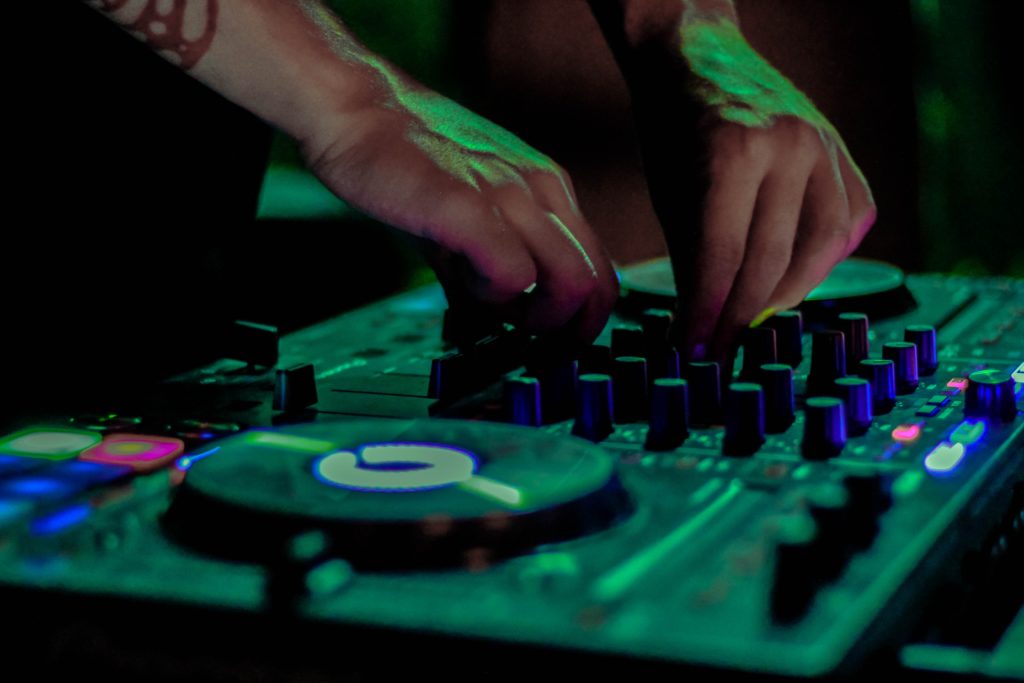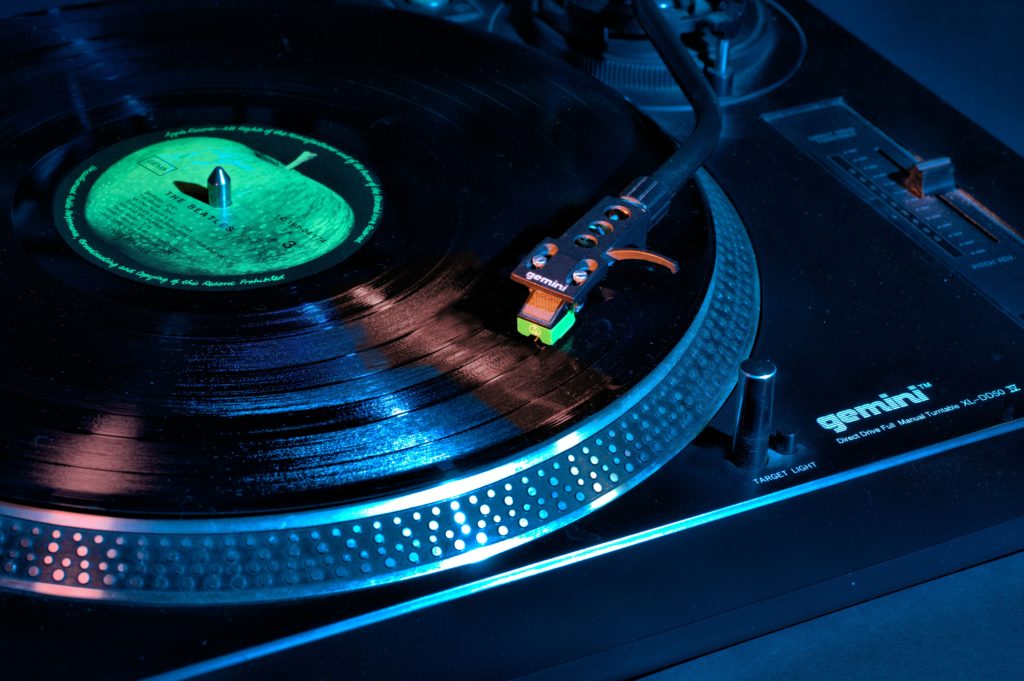There is quite a big list when it comes to choosing DJ essentials and equipment that suits your preferences and needs. It’s also important to choose a setup that is right for your gigs. For a Disc Jockey who performs in events and clubs, CDJs are the equipment you can expect to be present in the venue of any large show. CDJs are specialized digital music players for DJing. They come in a line of media players that allow for control and manipulation of CDs, USB (or other digital audio formats) using an emulated vinyl turntable surface.
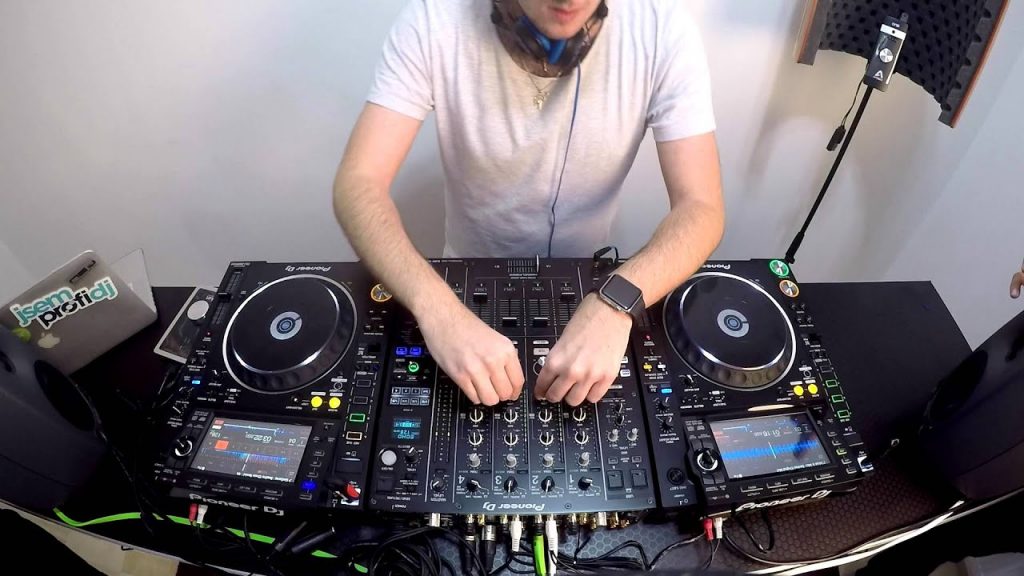
The Art of Mixing Music
With the advancement of technology, there is a vast range of top CDJ models to choose from. One line could be ahead of the other, while some might have advanced features than the rest, but there is one thing that is similar to all CDJ latest models and every one of them pretty much revolves around USB now. This makes organizing a huge selection of thousands of tunes clear and easy.
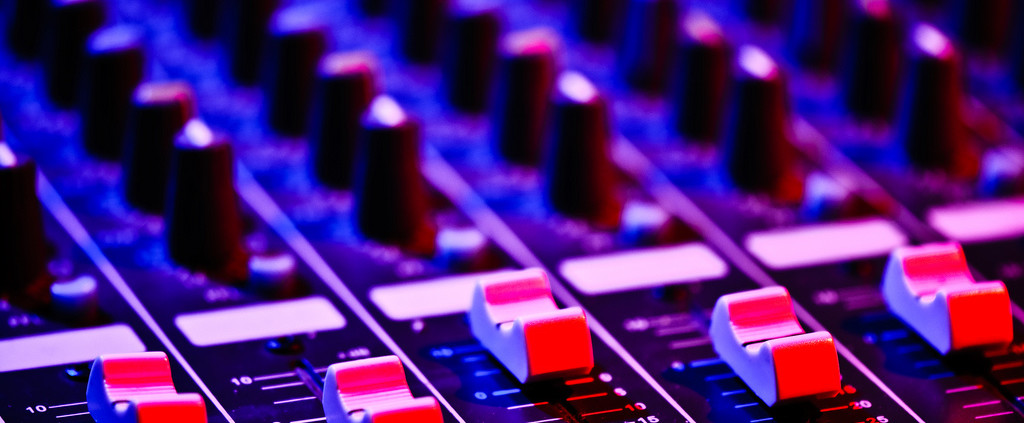
CDJs are also loved for their wide variety of unique features and controls, which includes settings that allow you to bring your preferences with you when traveling, Wi-Fi Music, Active Loop, HID control of Rekordbox DJ, just to name a few.
The Trademark of the CDJ
What makes CDJs the best choice?
As different models come with different features to offer, there’s just so much to go around with CDJs. Here are some of the features that are commonly offered by most CDJ models;
Music Formats: MP3, WAV, AIFF, AAC, FLAC, ALAC
Audio Response: 4 – 20,000 Hz frequency range, 115 dB signal-to-noise ratio, output level 2.0Vrms, distortion < 0.003%
Audio Sources: USB storage (FAT, FAT32, HFS+), iOS or Android, Mac or Windows PC. While other models extend its feature to optical drives (CD, CD-R/RW).
Power Consumption: Ranging from 14-51W
Surprisingly, given their broad offering of features, they also come in a very portable size — a CDJ typically has a dimension of 12.6 inches x 4.15 inches x 15.82 inches on average.
Getting Your Hands-On
Export. Plug. Link. Play.
Thanks to Rekordbox, using CDJs is as easy as Plug and Play. Set your cue points, keys, and any loops you want the software to remember, export your playlists to a flash drive, plug directly into CDJ and the lists of all your tracks and memory information will appear on the screen. Link the two together, scroll through your library and select what you want to play — then you are ready to create some dancefloor mayhem!
The Takeaway
Being comfortable with what you use is important as a DJ, but the product and outcome will always come down to the skills of the Disc Jockey themselves. The essentials and equipment are all nothing but instruments to help the DJ spin the tunes and mix the music the real talent and creativity lies in carefully selecting your tunes, knowing what goes well together, and being able to read and feel the vibe of your audience throughout every set.
Compatibility with the equipment is just an additional point…
FAQs
What CDJs are specialized digital music players for DJing?
They come in a line of media players that allow for control and manipulation of CDs, USB (or other digital audio formats) using an emulated vinyl turntable surface.
How does the Art of Mixing Music work?
With the advancement of technology, there is a vast range of top CDJ models to choose from. One line could be ahead of the other, while some might have advanced features than the rest.
What makes CDJs the best choice?
As different models come with different features to offer, there’s just so much to go around with CDJs. Here are some of the features that are commonly offered by most CDJ models.


